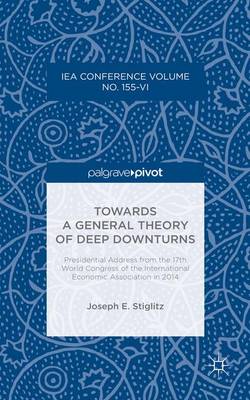International Economic Association
1 total work
Most economic crises are man-made – they are not the result of acts of Nature but created by the economic systems we establish. Deep downturns, those rare events like the Great Depression and the Great Recession, are markedly different from the more frequent but smaller fluctuations in the economy. In this Presidential Address from the 17th World Congress of the International Economic Association in 2014, Joseph E. Stiglitz examines the theory behind these deep downturns that inflict such great costs on our society and have such lasting consequences. This fascinating three-part lecture analyzes the failure of prevailing economic models to successfully predict the 2008 crisis, or even to adequately explain it. Given these deficiencies, it is not surprising that the responses to the crisis based on those theories were relatively ineffective: the recovery has been slow and anaemic. Stiglitz develops an alternative framework which provides both greater insights into what happened and suggests alternative policies which, if adopted, would have led to a quicker and more robust recovery. The theories also provide insights into how one can change the underlying structure of the economy to make such deep downturns less frequent, less deep, and less costly.
Towards a General Theory of Deep Downturns offers a refreshing analysis of the crises which have overwhelmed our economy and puts forward a theory which could prevent history repeating itself.
